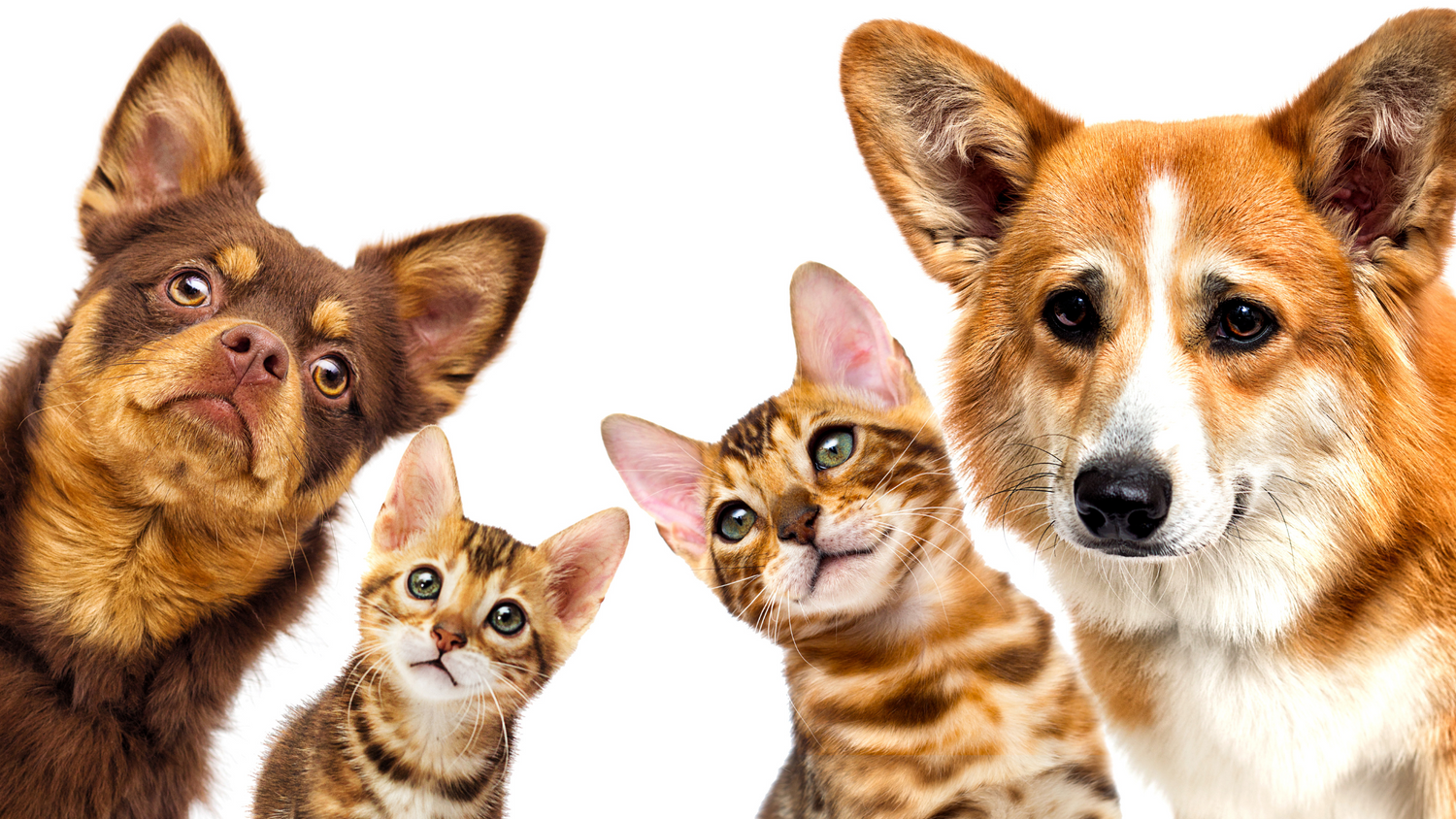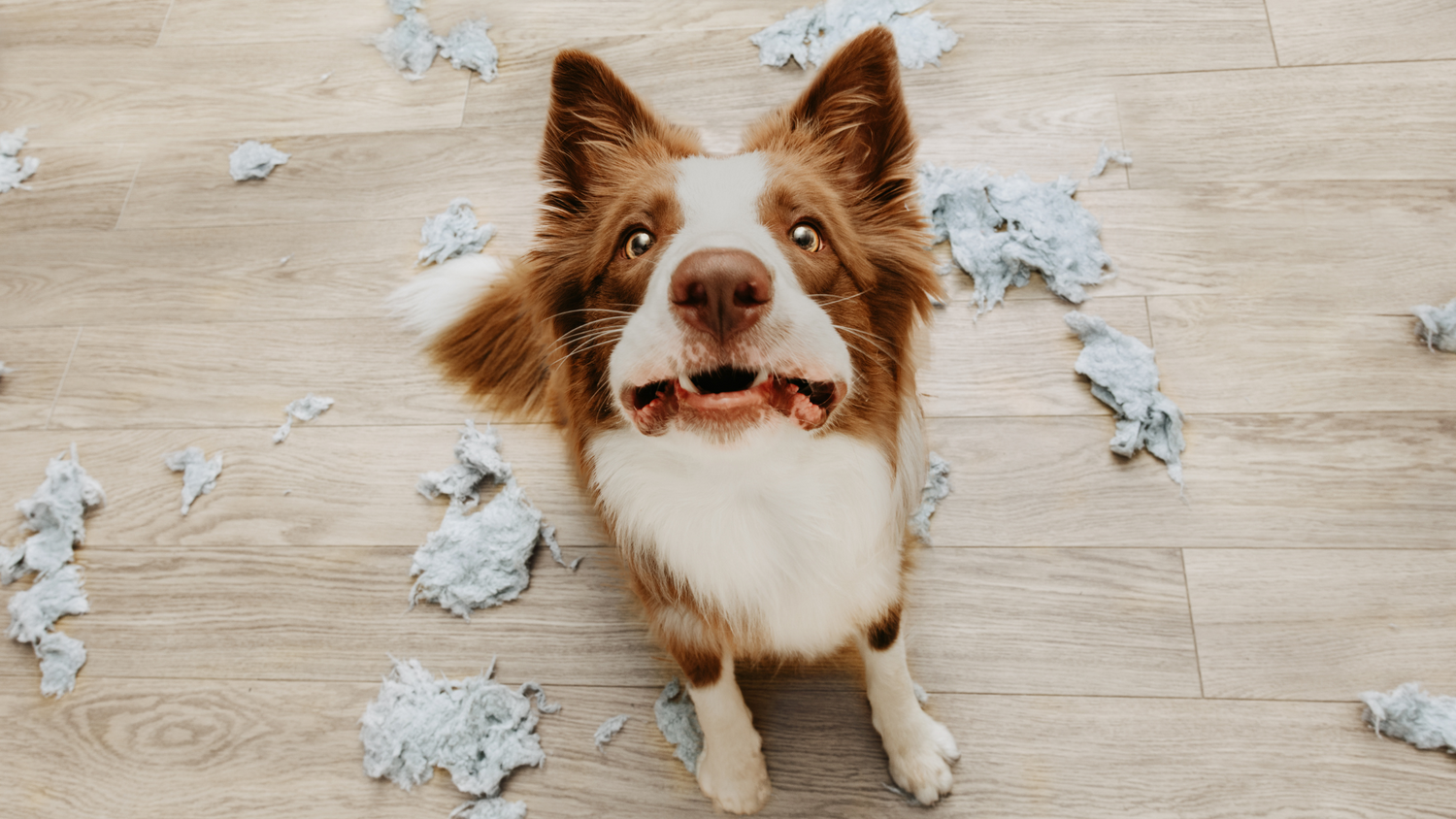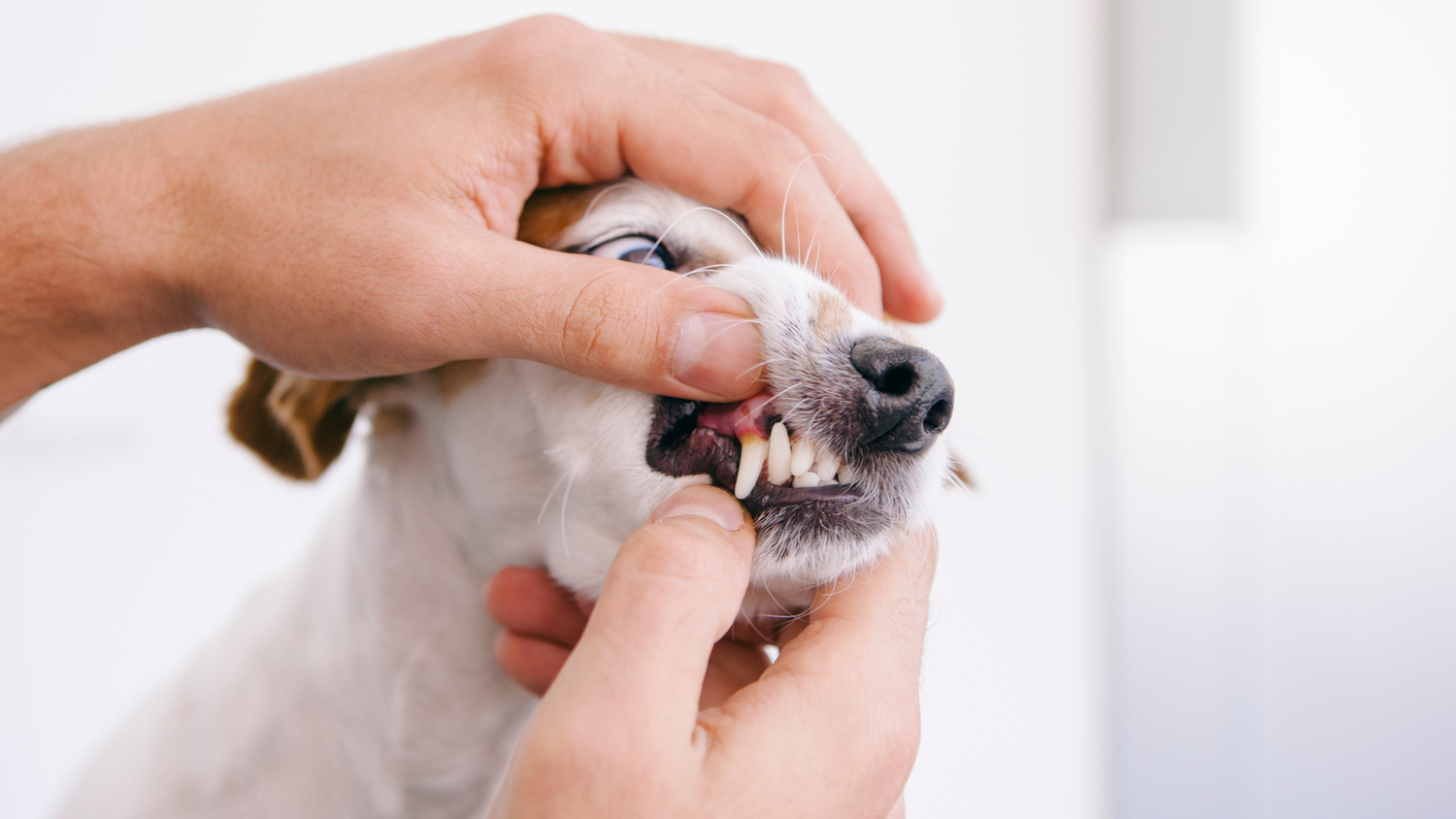Did you know, your dog’s poop can tell you a lot about their health? Size, consistency, colour… it’s all important indicators! So, how do you know if your dog has ‘perfect poop?
Look For Changes
Every dog is unique, and so is their poop. Normal healthy poop may vary slightly for different dogs. However, a great guide to healthy dog poop are the four Cs - colour, contents, coating and consistency.
Colour
It’s no surprise healthy dog poop is brown, but there isn’t one perfect shade. Many factors can affect the colour of poop such as simply consuming green vegetables. Generally, any shade from light to dark brown is considered healthy as long as the colour remains similar day to day.
Contents
If you’re noticing pieces of undigested food in your dog’s poop, this may be a sign to re-evaluate what you’ve been feeding them. To properly inspect the contents of your dog’s poop, you may want to let your vet do the “dirty” work. Most people won’t be able to see much of anything without a microscope.
Coating
Healthy dog poop may have a little shine on the outside from moisture, but it should not have anything coating them.
Consistency
Healthy dog poop should be a little firm in consistency (think play dough!). Ideally, it should be in log shapes with little cleaves in it that if you were to roll it, it would break into smaller pieces.
Check It Before You Chuck It
Again, the Four Cs of pet poop are a great guide to determining when something is up with your dog’s health. We know dog poop can be a messy situation. We bag it up, and want to dispose of it immediately. But next time your furry friend does a number 2, have a good look - that way you’ll be able to get a good whiff of the clues your dog is dropping you.
- Black: could mean your dog is bleeding higher in their digestive tract
- Red Streaks: could mean that your dog is bleeding lower in their digestive tract. This could also be due to a cut near your dog’s anus so it’s worth having a quick look.
- Green: could be a sign of a gall-bladder issue, or that your pup has been eating a lot of grass, which could indicate stress or intestine problems
- Orange/ Yellow: May be a sign of a liver or pancreas issue, both which require veterinary attention
- White Spots: could mean your dog has worms
- White & Chalky: this is most often seen in dogs with a raw diet, usually due to an excess of calcium and other minerals
- Grey & Greasy: could be a sign of a pancreas or biliary issue
- Worms: These creepy crawlies can be long or short and look like spaghetti or rice. You should be concerned if these appear in the fresh sample. If dog poop sits outside for a while, worms may find their way into it.
- Fur: Clumps of fur found in stool could be an indicator of over-grooming, skin disease, or allergies. Keep note of how often you are seeing fur in your dog’s poop, and talk to your local veterinarian.
- Foreign materials: cloth, plastic, grass and even money can sometimes be found in your dog’s poop. If you notice anything strange in their stool, you may want to go to your vet and get it checked out. Usually, what goes in eventually comes out, but in some cases, dogs have gotten foreign objects stuck in their digestive tract and had to have them surgically removed.

What role does microflora have in your dog’s digestive health?
A healthy gut microflora balance can promote a healthy immune system, good stool quality and healthy digestibility. A good balance of microflora in your dog’s digestive system can also:
- Produce nutrients
- Boost overall health
- Improve nutrient absorption
How To Promote Your Dog’s Digestive Health
- Pay attention to your dog’s poop
- Take notes of any changes in colour, consistency, contents or coating
- Determine what is normal poop for your dog
- Talk to your vet if you see any concerns
- Last but not least… promote your dog’s digestive health with Mega Oil.

Pet Drs Mega Oil is a supreme blend of Omega 3,6 & 9 oils that are mixed with only the finest ingredients.
This formula will naturally enhance your pet’s health targeting specifically their coats, skin, joints, digestion as well as heart and brain support. It doesn’t contain copious amounts of cod liver oil, soya bean or canola oil like other competitor brands use. Instead Pet Drs prefers the natural goodness of Omega 3, 6 and 9, balancing this formula to the exact ratio to surpass using supplements.
As humans we easily consume Omega 3,6 and 9 to maintain healthy skin and health but pets may not be getting enough of these essential fatty acid in their diet. Pet Drs Mega Oil offers your pet the essential fatty acids they deserve!





